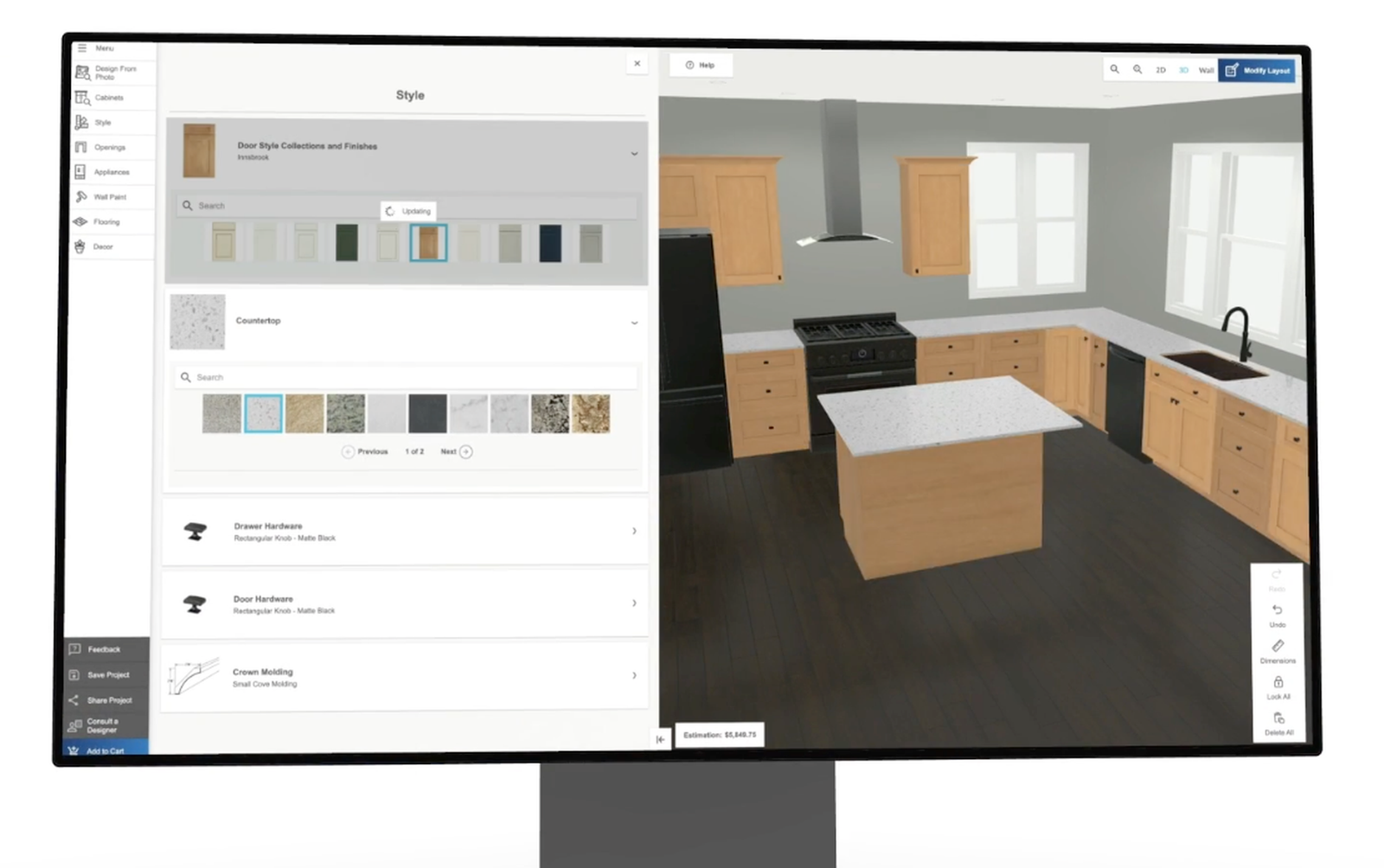Personalization is a key component in today’s cutthroat e-commerce environment for increasing consumer satisfaction and revenue. A 3D product configurator can empower customers to visualize, customize, and interact with your products before making a purchase, setting your business apart from the competition. However, not all 3D configurators are created equal. Choosing the right tool for your business requires a clear understanding of the key features that will benefit both you and your customers.
Here are the top features to look for in a 3D product configurator to ensure maximum functionality, usability, and return on investment.
Intuitive User Interface
The user experience (UX) is a cornerstone of any successful product configurator. A clean, intuitive interface ensures that customers can easily navigate the tool without confusion or frustration. Look for a configurator that simplifies the customization process, offering drag-and-drop features, clear instructions, and seamless transitions between design options.
Customers should feel empowered and not overwhelmed when interacting with the configurator. A smooth UX will also reduce cart abandonment and improve overall satisfaction.
Real-Time Rendering
Real-time rendering allows users to see changes to their products instantly as they make adjustments. Whether they’re switching colors, materials, or components, customers should be able to view these updates in high-resolution 3D. This immediate feedback helps build trust in the customization process, reducing the uncertainty that comes with online shopping.
Additionally, realistic rendering ensures that the product’s visual representation closely matches the final delivered item, minimizing the likelihood of returns.
Cross-Platform Compatibility
With customers accessing your store through a variety of devices—desktops, tablets, and smartphones—your 3D configurator must be fully responsive. Ensure that the tool is compatible with all major browsers and optimized for mobile devices. This feature not only widens your reach but also caters to the growing number of mobile shoppers, offering them the same high-quality experience as desktop users.
Customization Depth
The configurator should offer robust customization options that align with the complexity of your products. For businesses selling highly customizable items like furniture, apparel, or electronics, it’s essential to have a tool that supports multiple layers of personalization. Key options may include:
- Material selection
- Color palettes
- Size and dimensions
- Add-on features or accessories
- Engraving or personalized text
A configurator with flexible settings will cater to diverse customer needs and help your business stand out.
Augmented Reality (Ar) Integration
AR integration is a game-changer for e-commerce. You may create an engaging and dynamic buying experience by letting customers use their smartphone or tablet to see their personalized product in their real-world setting. For example, AR can help customers see how a piece of furniture will look in their living room or how a customized pair of shoes will fit their style.
Analytics And Insights
A top-notch configurator should provide valuable insights into customer behavior. Analytics features can help you track popular customization trends, abandoned configurations, and time spent on the tool. Your marketing plans, product development, and customer service efforts can all benefit from these insights, which will help you improve your offers and better satisfy customers.
Scalability
As your business grows, so should your product configurator. Look for a solution that can handle increased traffic, product lines, and complexity without compromising performance. A scalable configurator ensures long-term value and prevents the need for frequent upgrades or replacements.
Multilingual And Multicurrency Support
For businesses operating in multiple regions, multilingual and multicurrency support is essential. This feature ensures that international customers can use the configurator in their preferred language and currency, making the shopping experience more inclusive and accessible. Ensure that your Shopify 3D product customizer integrates seamlessly with your e-commerce platform, enabling real-time rendering and offering customers an intuitive shopping experience.
Secure Checkout And Payment Integration
The final step of the customization journey is the checkout process. A configurator that integrates with secure payment gateways and provides a smooth checkout experience is crucial. Ensure that the tool supports various payment methods and offers clear cost breakdowns for customizations.
Conclusion
Investing in a 3D product configurator is a strategic move to boost customer engagement, reduce returns, and drive sales. By focusing on these key features—intuitive design, real-time rendering, platform compatibility, and more—you can select a tool that aligns with your business goals and delivers an exceptional shopping experience.
As personalization continues to dominate the e-commerce landscape, a high-quality 3D product configurator can be the differentiator that sets your brand apart. Choose wisely, and watch your business thrive in this era of interactive shopping.











